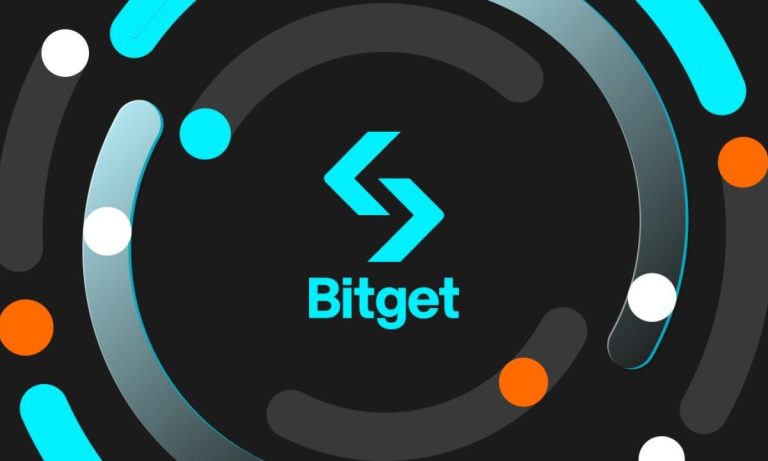
Starting in 2026, New Zealand is taking a bold step toward modernizing its education system by introducing mandatory financial literacy courses for students in Years 1 through 10. This initiative, set to be fully integrated by 2027, aims to prepare the next generation for the complexities of a rapidly evolving digital economy.
Why New Zealand is Prioritizing Financial Education
Research conducted by the country’s Retirement Commission revealed a striking reality: only 25% of students currently receive financial education. As a result, many young adults struggle with managing debt effectively. New Zealand’s Finance Minister, Nicola Willis, emphasized that the lack of financial literacy among citizens has created long-term economic challenges.
The new curriculum not only addresses these gaps but also ensures alignment with national education standards. This effort empowers students with the knowledge they need to navigate both traditional and modern financial systems, including the burgeoning world of digital payments and cryptocurrencies.
A Curriculum Fit for the Digital Age
New Zealand’s financial literacy curriculum is designed as a step-by-step learning process, tailored to different age groups:
- Years 1-5: Young learners will explore the fundamentals of earning, spending, saving, and distinguishing between needs and wants.
- Years 6-10: Older students will delve into advanced financial topics, such as budgeting, taxation, insurance, and investment concepts. Additionally, digital payment systems, blockchain technology, and cryptocurrency markets will play a pivotal role in their lessons.
Learning by Doing: Interactive Blockchain Activities
The program’s innovative approach includes hands-on activities to demystify complex concepts like blockchain and decentralized networks. For example, students will participate in classroom simulations using token-based reward systems and transaction ledgers to understand blockchain transparency and immutability.
Interactive exercises will also include:
- Using Post-It notes to simulate blocks in a blockchain.
- Role-playing as miners, nodes, and users in decentralized networks.
- Practicing fund management with digital wallet simulations to reinforce concepts around saving and spending limits.
Why Cryptocurrency Education Matters
With the rise of digital assets like Bitcoin and Ethereum, understanding cryptocurrency has become a critical component of financial literacy. The curriculum explores cryptocurrency markets, volatility, and external factors influencing valuations. Real-world examples, such as price fluctuations of popular tokens like Litecoin, will be used to teach market dynamics.
One key focus is educating students on the risks and advantages of digital assets within a broader investment and diversification strategy. This ensures students see cryptocurrencies not as speculative ventures but as part of a wider technological shift in global finance.
Support for Teachers: Bridging the Knowledge Gap
To ensure the seamless adoption of this curriculum, New Zealand’s Ministry of Education is partnering with universities and financial organizations. The University of Waikato’s finance and technology programs, along with organizations like Cryptocurrency NZ, will provide teacher training and resources.
This support system aims to equip educators—many of whom lack prior experience in digital finance—with the confidence and tools needed to guide students through these complex topics.
Prepare Your Child for a Digital Future
This initiative demonstrates how New Zealand is leading the way in forward-thinking education. By integrating financial literacy and blockchain technology into the curriculum, the country ensures its students are well-prepared for the challenges of a digital-first world.
Recommended Tool to Begin the Journey
For parents looking to give their children an early edge in financial literacy, consider the “Talking Cash: Financial Education Game”. This interactive board game is perfect for teaching kids the basics of earning, saving, and spending money in a fun and engaging way.



